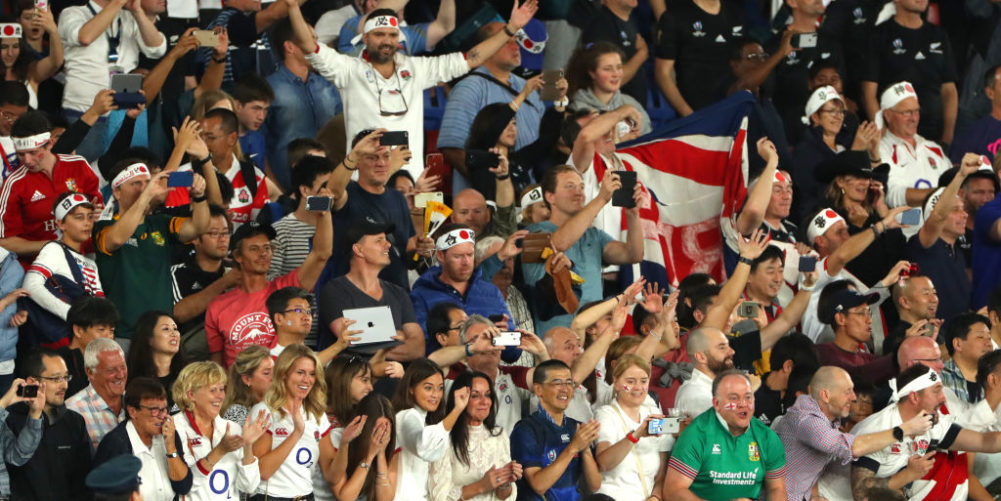Four tickets for the World Cup final were on sale last Saturday at almost £10,000 each which works out at not far short of £125 a minute. That makes the stratospheric asking price all the more staggering.
Top events, of course, always command top dollar but £9,270 for a seat will require the prospective buyer to push the boat out a very long way. Four in a row will cost £37,080 although the agency concerned does provide the comforting reassurance of an ‘unrestricted view’.
How very generous. Category B tickets for the final, in other words not the best seats at the Yokohama stadium, are on offer from another agency at £7,664.56. A ticket and meal package for the New Zealand-England semi-final was on offer on Friday at £4,614, again with an ‘unrestricted view’.
That implies there are tickets where the view is restricted and I speak from recent experience. My seat beneath the Oita Dome for last weekend’s quarter-final double-header offered a low-slung view over a corner flag, marginally superior to the worm’s eye.
Calling it a vantage point would be a stretch too far for the average imagination. Just being there on the Saturday for England-Australia and again for Wales–France on the Sunday with a group of Anglo-Welsh friends made it a fun experience, before and after.
But as for keeping serious track of the actual match, impossible. When Australia called the penalty-scrum in front of the English posts with the match in the balance, those in my vicinity had to watch on the big screen behind the opposite goal to see what was happening.
Eavesdropping on those critical conversations between referee and TMO was impossible in the absence of a listening device like Ref-Link. For most positions at most stadia other than a lofty one over halfway, it’s a case of the closer you get, the less you see and hear.
The old adage, about there being no substitute for going to the match, is no longer as true as it used to be thanks largely to the advent of technology. The marketing spiel about ‘feeling the atmosphere’ often falls a long way short of what it’s been cracked up to be.
As for Wales-France, with supporters of both teams in a minority, there was hardly any atmosphere to feel. Many of the neutrals, mainly English and Australian, left before the end, some before Dan Biggar‘s conversion of Ross Moriarty’s try robbed the French of an unexpected win.
The Oita Dome has a modest capacity of 40,000 and yet neither quarter-final sold out. There were 3,000 empty seats for England-Australia and almost twice as many for Wales-France 24 hours later.
After a lifetime of reporting the game from Press boxes tuned into referee dialogue and action replays, watching it among the fans in the cheaper seats came as something of a culture shock.
At £250 my ticket seemed grossly expensive by Six Nations standards but it was all part of an unforgettable Oriental experience.
While I could say I was there when England sent the Aussies home and Sebastien Vahaamahina elbowed France out, there’s no denying that I would have had a better view 6,000 miles away at home.
Such trivial matters haven’t stopped some re-sale agencies from putting four tickets for the final on offer at more than the average British annual salary.























